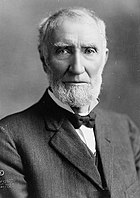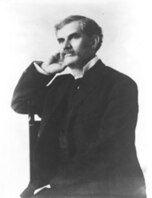United States House election, 1904
|
|
|||||||||||||||||||||||||
|---|---|---|---|---|---|---|---|---|---|---|---|---|---|---|---|---|---|---|---|---|---|---|---|---|---|
|
|||||||||||||||||||||||||
|
All 386 seats to the United States House of Representatives 194 seats were needed for a majority |
|||||||||||||||||||||||||
|
|||||||||||||||||||||||||
|
|||||||||||||||||||||||||
Elections to the United States House of Representatives held in 1904 were held to elect members of the 59th Congress, and coincided with the re-election of President Theodore Roosevelt.
Roosevelt's popularity swept many Republican house candidates into office, cementing their majority over the opposition Democratic Party. Because Roosevelt came from a liberal wing of the Republican Party, his ideology was prevalent among freshman representatives. Progressive Republicanism mobililized a new base of support and proved to be especially popular among the Protestant middle class workers who held jobs in business or in the front offices of industrial facilities.
The previous election of 1902 saw 3 Independent Republicans elected in the Pittsburgh area of Pennsylvania.
In 1904, three states, with 8 seats among them, held elections early:
Party abbreviations:
...
Wikipedia


